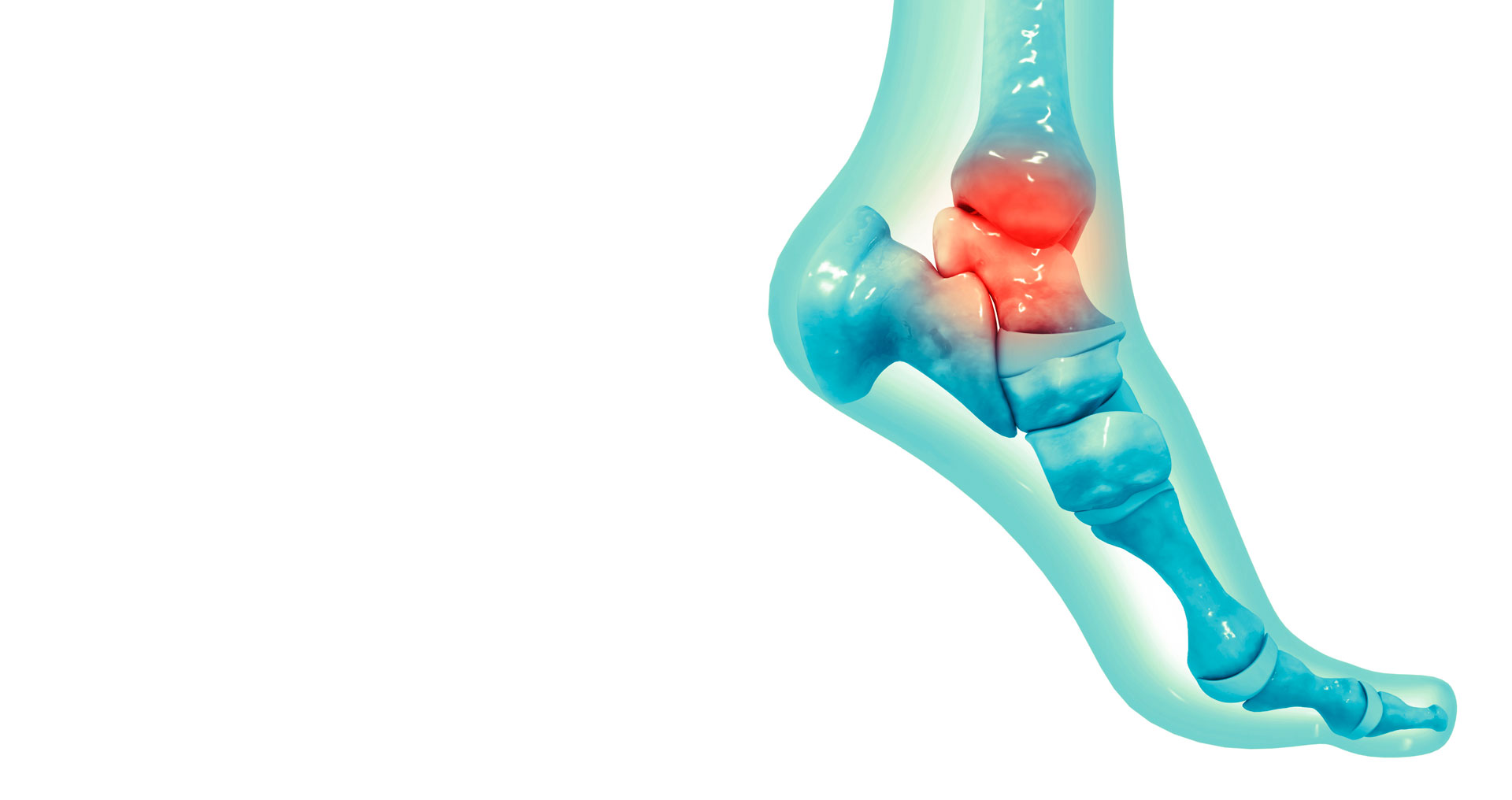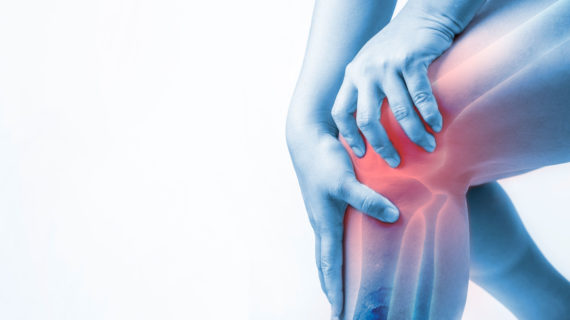Algodystrophy (Sudeck’s disease)
What is Algodystrophy and how is it treated
Algodystrophy (also known as Sudeck’s disease), is a rare disease that affects the limbs resulting in acute pain.
Getting to the diagnosis is a complicated path, it causes the rarity of the disease and its symptoms, often attributable to different pathologies or diseases.
Algodystrophy affects the limbs (especially the hand, feet and shoulder) causing severe pain. Timely identification of the disease reduces the risk of pain from acute to chronic.
The syndrome often appears as a result of trauma, which, however, does not justify the intense state of pain caused by this. In other cases, suffering comes from stimuli that normally do not cause pain.
The disease is diagnosed by the orthopedist, without the help of clinical data, which makes the diagnosis even more difficult.
What are the symptoms of algodystrophy
Signs and symptoms useful for diagnosis: localized pain, presence of edema, altered temperature, epidermal color change, circulation and motor disorders.
To support the diagnosis, magnetic resonance imaging is performed, while radiograa, in the presence of the rare disease, will bring to light an osteoporosis, called “patchy” in the affected area.
Once the disease is diagnosed, it is good in patients already being treated for pain, to suspend cortisones, painkillers and anti-inflammatories, which do not produce the desired effectiveness.
Over the years, several therapies have been tried. Many of these interrupted causes persistent, intolerable and acute pain, which as mentioned before, not attenuable pharmacologically.
Therefore, the goal of therapy is primarily to reduce pain. With Osteoplus® biostimulating Magnetotherapy, which delivers powerful, low-frequency modular Pulsed Magnetic Fields, the restorative phenomena are accentuated, eliminating edema and inflammation, and accompanying pain.
Discover our therapy to treat algodystrophy






